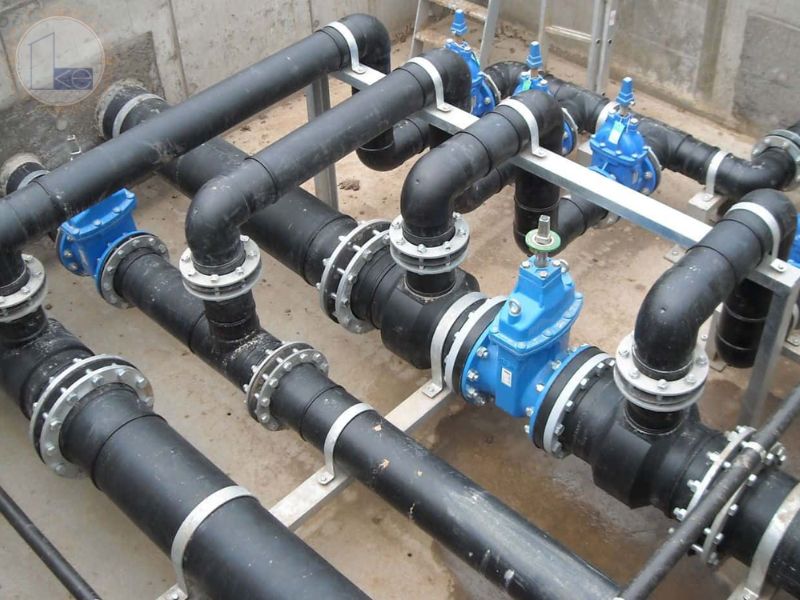business-services

May 08,2025 • 2 min read
Choosing the Right Materials for Your Chilled Water Piping System

When designing or upgrading a chilled water piping system, selecting the right materials is one of the most important decisions that impacts both performance and longevity. The material choice can affect thermal efficiency, corrosion resistance, maintenance needs, and long-term operational costs. It’s not a one-size-fits-all decision—various factors like system size, building type, climate, and budget should all be considered.
1. Copper Piping
Copper has long been a popular material due to its excellent thermal conductivity and corrosion resistance. It’s ideal for smaller commercial applications and residential settings. However, copper is expensive and may not be the best choice for larger systems or when budget constraints are tight.
2. Steel (Carbon or Galvanized)
Steel pipes, especially carbon steel, are widely used in commercial and industrial installations. They offer high strength and durability, especially for larger chilled water loops. However, they are prone to corrosion and require protective coatings or treatment to maintain performance over time.
3. PVC and CPVC
Polyvinyl chloride (PVC) and chlorinated polyvinyl chloride (CPVC) pipes are lightweight, corrosion-resistant, and cost-effective. These are commonly used for low-pressure applications. While easy to install and maintain, they are not suitable for high-pressure or high-temperature settings.
4. PEX (Cross-linked Polyethylene)
PEX piping is flexible, easy to install, and resistant to scale and chlorine. It's a good choice for projects that require quick installation and adaptability. However, it may not always meet the structural requirements for large-scale systems.
5. HDPE (High-Density Polyethylene)
HDPE pipes are becoming more common in modern piping systems due to their durability, flexibility, and low thermal conductivity. They perform well in underground or concealed installations and are ideal for minimizing energy loss.
Factors to Consider When Choosing Materials:
-
Thermal performance: How well the material insulates and maintains chilled temperatures.
-
Corrosion resistance: Especially important for metal pipes exposed to moisture or harsh environments.
-
Installation ease: Materials like PEX or PVC reduce labor time and complexity.
-
Budget constraints: Balancing initial material costs with long-term maintenance and energy efficiency.
-
System pressure and temperature: Ensure compatibility with system specifications.
Conclusion
Choosing the right material for your chilled water system is crucial for achieving performance, efficiency, and cost-effectiveness. Each material has its strengths and limitations, and the final decision should be made based on your project’s specific technical and budgetary requirements. Consulting with a qualified contractor or engineer will help you make the best material selection for your chilled water application.
Lea Keong Details
User Profile
- Full name
- Lea Keong
- Email address
- leakeongmechanical@gmail.com
- Join Date
- 2025-05-08
- State
- City
- Pincode
- Address
- Follow us on Facebook
- Follow us on Twitter
- Website Name
- Bio